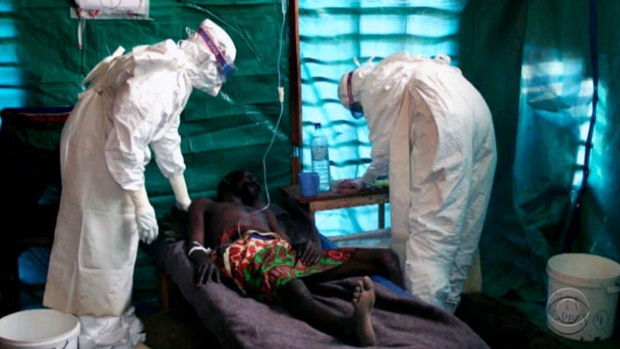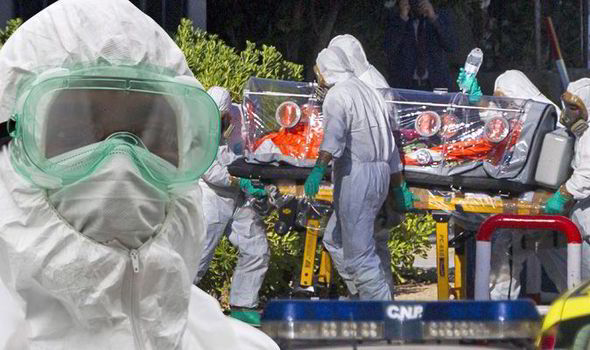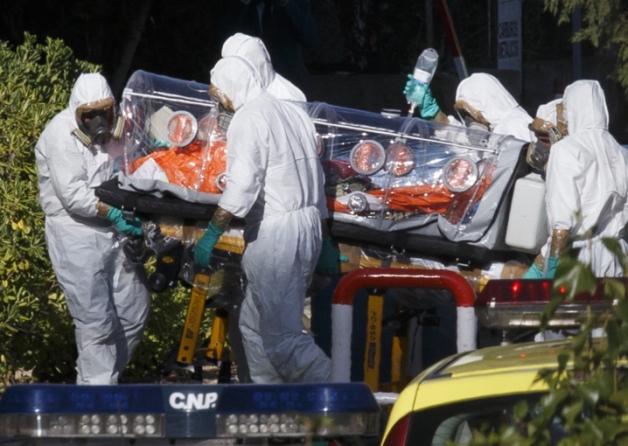The United Nations repeated its calls for immediate aid, saying that response efforts must be hundreds of times greater than they currently are in order to meet the threat of an epidemic that, the UN has stated, was outstripping all current efforts. The UN warned that without much higher levels of response, the world would have to live with the Ebola virus forever.
“The world has never seen anything like it. Time is our enemy. The virus is far ahead of us,” said Anthony Banbury, head of the UN Mission for Ebola Emergency Response (UNMEER).
“The world must now act to help the people and governments of Sierra Leone, Guinea and Liberia,” said Banbury. “Failing to help will lead to unpredictable but very dire consequences for the people of the countries and well beyond. As long as there is once case of Ebola in any of these three countries, no country is safe. We must rise to the occasion. We must defeat this disease.”
“We have an illness where there were 300 cases in March, where there were more than 6000 cases in September,” said President of Doctors Without Borders USA, Dean Marchbein, “and the World Health Organization is estimating that if nothing is done by February, there will be 1.4 million cases.”
The threat of Ebola is international, according to the UN. UN General Assembly (UNGA) President Sam Kutesa said that Ebola could quickly spread to other nations. “Ebola is a threat that can easily land at any nation’s doorstep,” said Kutesa at a recent meeting.
According to the World Health Organization (WHO) Risk Assessment, “In the current outbreak, infected travelers have crossed land borders with neighboring countries or have traveled internationally. More EVD cases might be exported to non-affected countries.”
Dr. David Nabarro, Special Envoy of the Secretary-General on Ebola, said of the current outbreak, “I’ve worked as a public health doctor for 35 years… but I have never encountered a public health crisis like this in my life.”
Nabarro and other UN officials called for immediate, coordinated international efforts and funding of at least a billion dollars to combat the immediate threat of Ebola, saying that without this level of response, “it will be impossible to get this disease quickly under control, and the world will have to live with the Ebola virus forever.”
By James Haleavy
Source: UN















